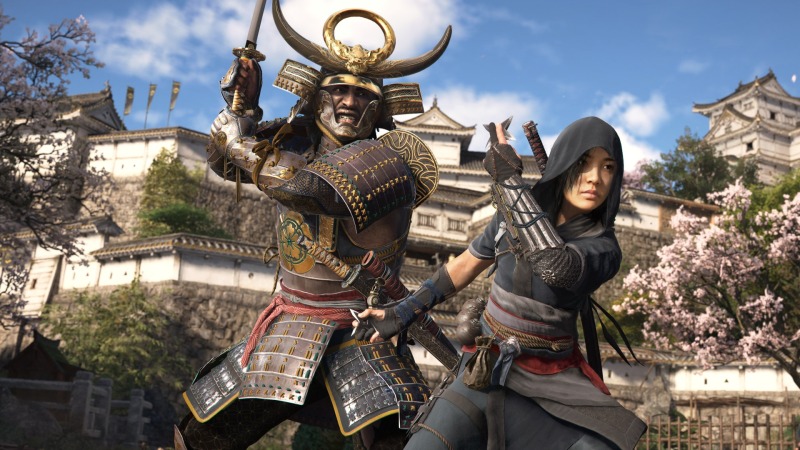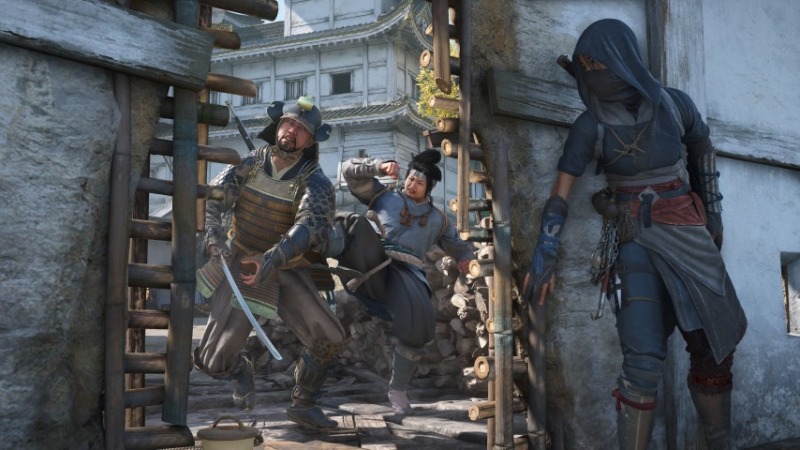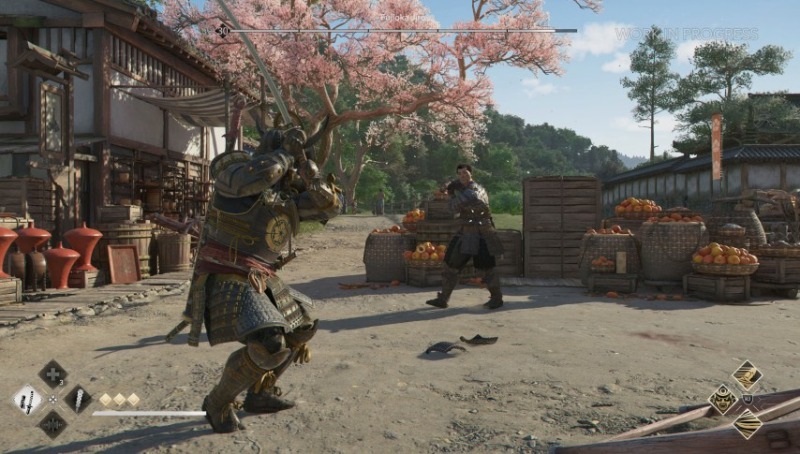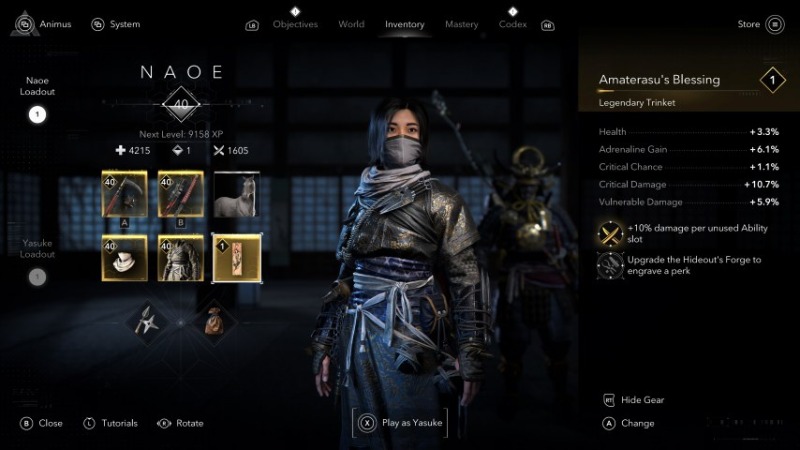Assassin’s Creed Shadows Hits a Bullseye

Yasuke and Naoe have a problem. They have to hunt down and kill 12 masked fiends who destroyed everything they knew and held dear, and they have to do a ton of legwork to get there. Fortunately they have an ever-expanding crew of friends and partners to help them, as well as each other. And although they couldn’t possibly be more different, they grow as tight as a samurai and a ninja could—especially ones who don’t fully fit into the tightly restrained, tradition-bound culture of 16th century Japan.
Ubisoft also has a problem. The gaming giant has been in turmoil for the entire decade so far, with a raft of failed launches and underperforming games arriving alongside the exposure of a culture of sexual misconduct. Cancelled games, rampant layoffs, shareholders losing faith in management and ownership, a long-term stock collapse: the company behind series like Assassin’s Creed, Far Cry, and the Tom Clancy games has a bleak and unsure future.
So Ubisoft once again looks to the past with Assassin’s Creed Shadows. Can the unlikely partnership between an African samurai and a teenage shinobi overcome not just the treachery and betrayals of the late Sengoku era, but also help right the ship for an incompetently run, exploitative billion dollar corporation? Can a new entry in the series that most closely embodies Ubisoft’s creative strengths and failures mark a turning point for the company, or will the game’s lengthy and exorbitantly expensive development hasten its decline?
I have no idea. I’m no business analyst. But I do know that Assassin’s Creed Shadows marks a return to the extreme maximalism that the always-overloaded Assassin’s Creed games started to embrace with 2017’s Assassin’s Creed Origins, and a shift away from the streamlined approach seen in Assassin’s Creed Mirage—the last game in the series, which came out only 17 months ago. If you prefer an Assassin’s Creed that’s almost unmanageably huge, with an overwhelming amount of story, side quests, and general busy work to wade through, Shadows will feel like the return of an old friend—one who demands pretty much all of your time.

The game’s map is a clear tip off. The first time it appears it’s already carved up into distinct sections, each one with a number representing the experience level you should be at before entering it. Naoe is maybe level 2 or 3 at this point, and the highest number on that map is in the 30s. Most of the other regions have numbers well above 10. Experience should tell you that you won’t reach those numbers simply by following the main story. It doesn’t matter how personal Naoe’s mission of revenge is: she’s going to have to do a ton of unrelated nonsense just to get the arbitrary “experience” necessary to make that goal possible. Because in an Assassin’s Creed game every assassin is basically also an intern.
I’m focusing on Naoe first because that’s basically what the game does. After a brief introduction where you play as Yasuke, the perspective shifts to the young ninja, and she is the sole playable lead for several hours. Naoe plays like an Assassin’s Creed typically does, all speed and stealth, slinking through bushes and quietly killing her prey before quickly scaling walls and castles to make her escape. Playing as Naoe is basically a refresher course in how you play these games, or, for newcomers, an introduction to the series’ core concepts.
The initial transition to Yasuke’s point-of-view is handled deftly, flowing directly from the game’s story during a monumental moment in Japanese history. If Naoe is a fighter jet, Yasuke is a tank; he has little need for stealth, barreling through doorways and into fights against several enemies at once, capable of hacking his way through a clutch of rival soldiers within a matter of minutes. Yasuke and Naoe play very differently; he’s all strength and power, she’s all patience and secrets, and swapping between the two keeps Shadows feeling somewhat fresh despite its enormous length. Sizing up which character would be better for any given battle or scenario is part of the game’s strategic charm—and then going with the other one is always a fun little challenge. (And if you’re ever in need for a laugh, do an Assassin’s Creed leap of faith with Yasuke—it’s always fun.)
-

-

-

-

-

-

-

-

-

-

-

-

-

-

-

-

-

-

-

-

-

-

-

-

-

-

-

-

-

-

-

-

-

-

-

-

-

-

-

-










































